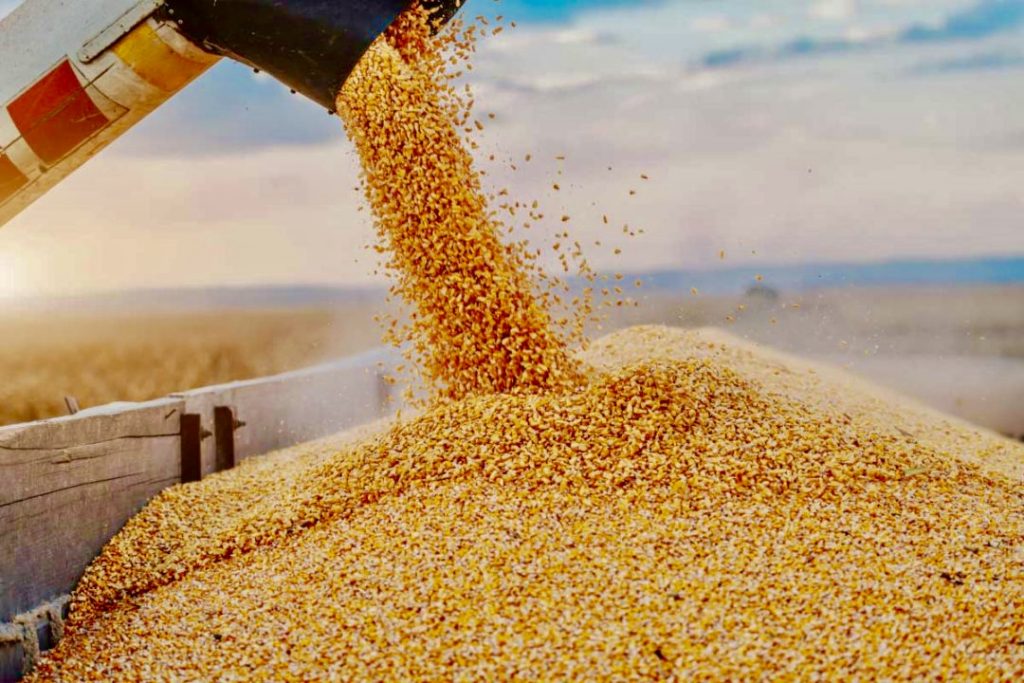As global food prices scale higher on the back of geopolitics and drought exacerbating the supply side, nations continue to take stock of food production to mitigate food inflation threats. It is about a dry point of construction that climate change effects, have weighed precipitation which has ultimately impacted agribusiness. Africa’s ‘green’ metal producer Zambia, not immune to climate effects, forecasts a 25.24% ebb in maize production for the 2020/2021 agriculture season according to its Agriculture Ministry.
Speaking during a presentation of crop survey forecast results, Agriculture Minister Reuben Phiri Mtolo said, “the production of maize is forecast to decrease to 2,706,243 metric tons from 3,620,244 metric tons recorded in the 2020/2021 farming season. This represents a 25.24% decline as a result of a reduction in the area planted from 1,687,929 hectares last season to 1,507,441 hectares this season coupled with a reduction in yields from 2.14 metric tons per hectare from 1.8 metric tons per hectare this season of the total estimated production.”
READ ALSO: March Global Food Prices Scale 13%, Highest Since 1990, on Geopolitical Disruption Effects – FAO
The farming season was marred by army worms in some parts of the country, erratic and skewed rainfall distribution patterns that impacted crop yields. Some areas had to replant on the back of delayed rains with the authorities emphasizing early maturity species.
The Southern African nation however has a 1,503,432 metric tons in reserve from the Food Reserve Agency, millers and grain traders that hedges the nation’s food security needs to drive a surplus of 1,204, 912 metric tons benchmarked against 3,004,763 metric tons food requirement for the 19.2 million Zambians. Historically Zambia has always survived drought effects to manage its surplus positions which positions the Southern African nations as potentially Africa’s bread basket. The crop forecast survey revealed that 96% of the production will be from small scale farmers.
Zambian agriculture authorities will keep open border policy to allow for exports into neighboring nations such as Tanzania and Democratic Republic of Congo.
Despite a decline in maize production the Southern African nation recorded growth in groundnuts (8.45%) to 190,150 metric tons, 15.63% in Soya to 475,353 metric tons, 65.97% in barely to 14,201 metric tons, 14.11% in wheat to 234,925 metric tons. Cash crop declines forecast are seed cotton that slid 28.59% to 22,752 metric tons and burley Tobacco to 6,717 metric tons from 9,637 metric tons as the virginia brand grew to 16,428 metric ton from 15,756 metric tons. Zambian authorities have still expressed concern around the decline in production for cash crops which ideally should be leveraging off the rising commodity prices globally to higher export earnings capacity.
The Kwacha Arbitrageur

